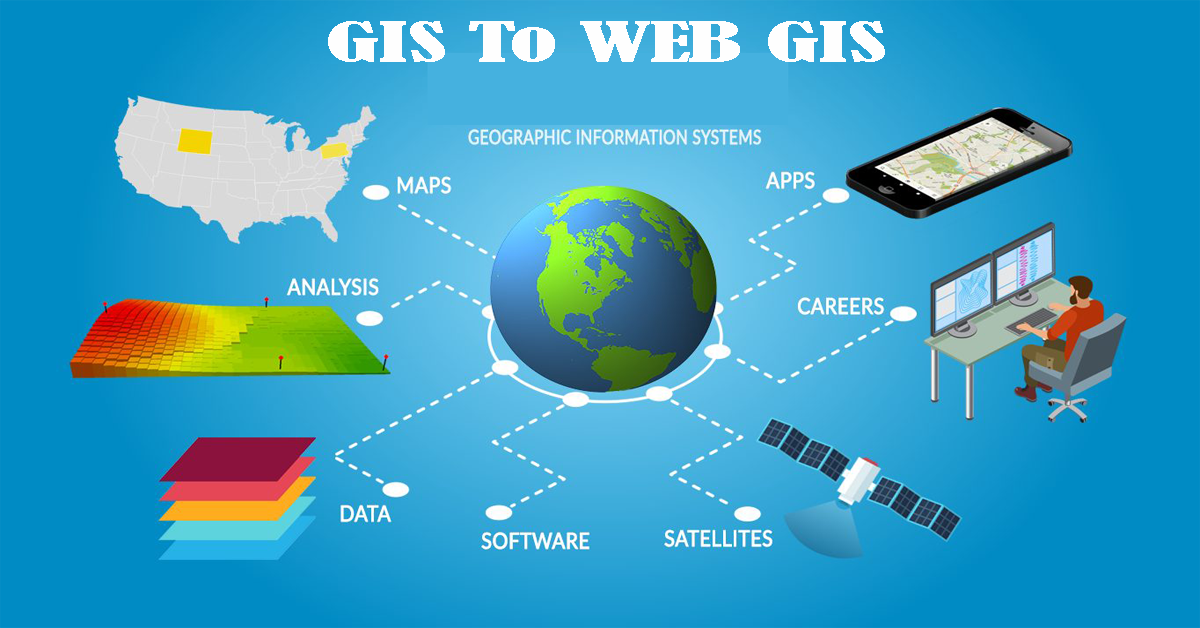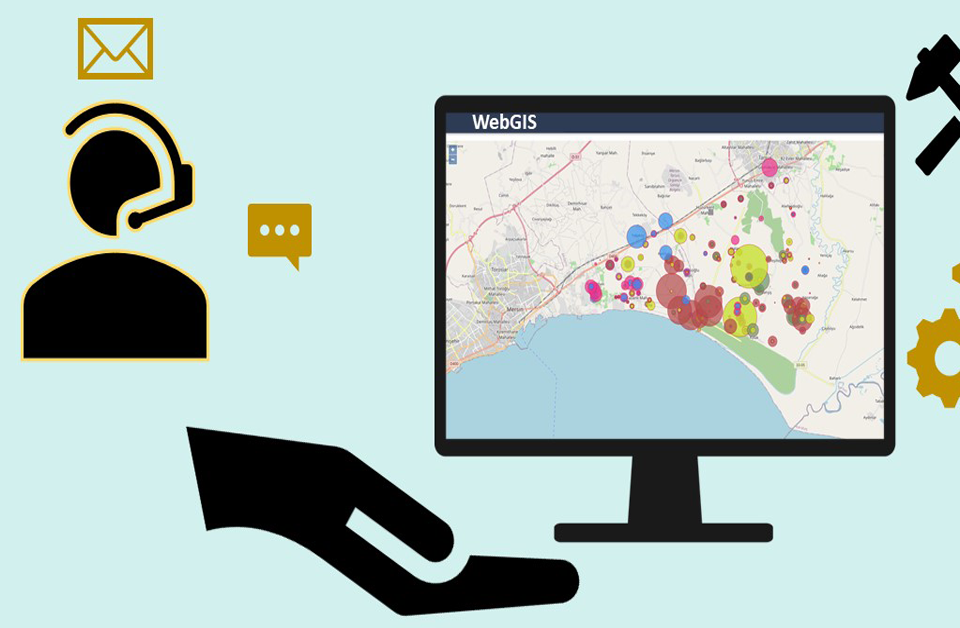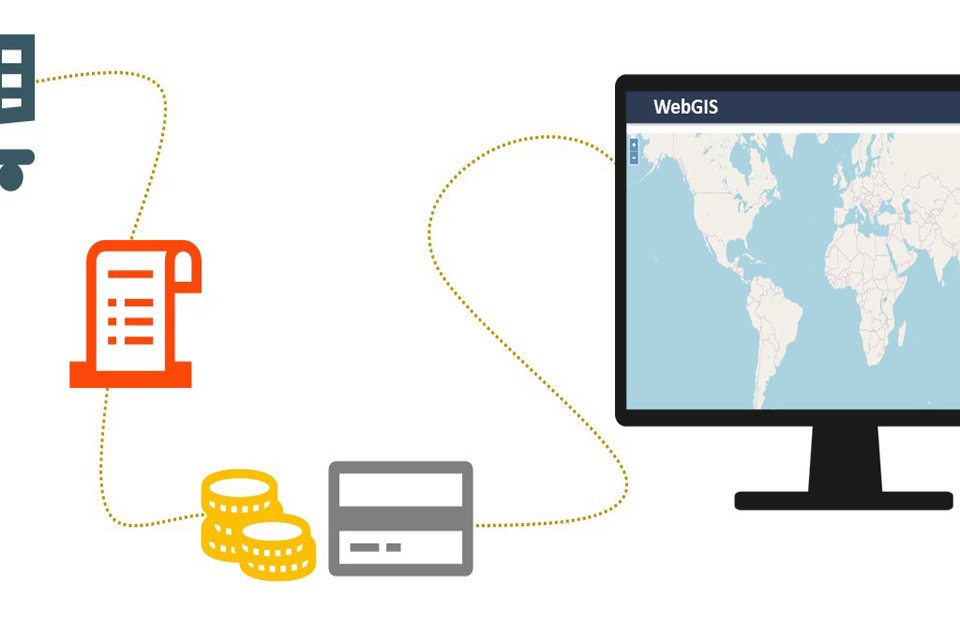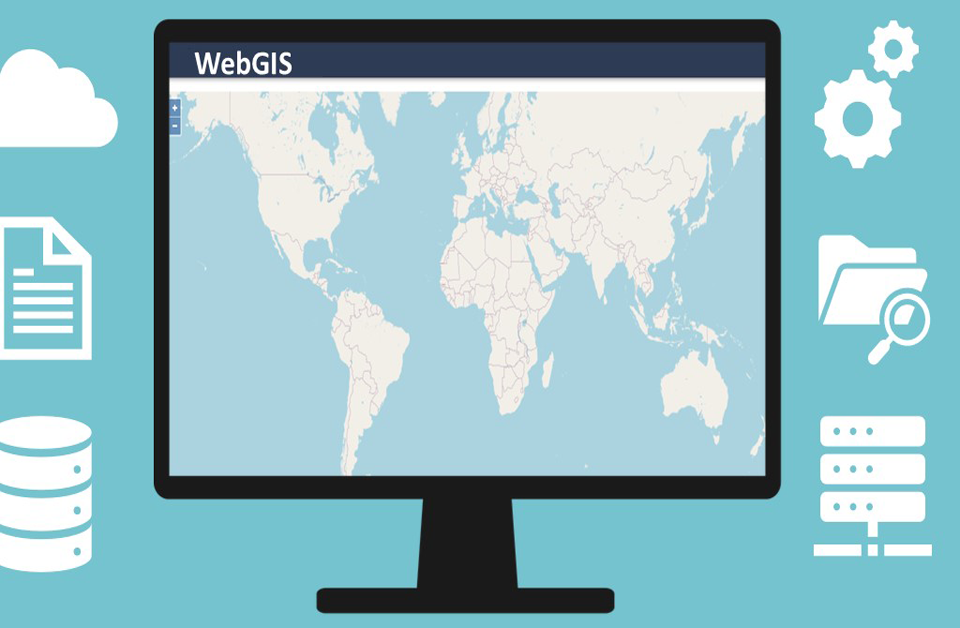GIS TO WEB GIS

Water Resource Mapping and Methods
April 30, 2020
Types of Geodata Storing in GIS
May 13, 2020Introduction: GIS
A Geographic Data System (GIS) is a PC system for catching, storing, checking, and showing information identified with positions on Earth surface. By relating apparently disconnected information, GIS can support people and associations better comprehend spatial examples and connections.
Applications of GIS:
GIS can utilize any data that includes the location. The location can be communicated from numerous points of view, for example, latitude and longitude, address, or ZIP code. A wide range of different kinds of data can be investigated utilizing GIS. The system can incorporate information about individuals, for example, population, income, or education level.
It can incorporate data about the landscape, for example, the location and speed of streams, various types of vegetation, and different types of soil. GIS can enter data about the destinations of production lines, farms, and schools, or storm drains, streets, and electric power cables.
Introduction: Web GIS
Web GIS is a kind of appropriated data system, containing at least a server and a client, where the server is a GIS server and the customer is a web browser, desktop application, or mobile application.
In its simplest structure, Web GIS can be characterized as any GIS that utilizations web technology to communicate between a server and a client.
The Web GIS advantages:
By using the Internet to get to information or data over the web regardless of how far separated the server and customer or client are separated from each other, web GIS presents various advantages of interest over desktop GIS, including the following:
- An enormous number of clients:
- Low Cost:
- Simple to utilize:
- Diverse applications:
- Updates from time to time:
Normally, a customary desktop GIS is utilized by just a single client at once, while a web GIS can be utilized by dozens or several clients at the same time. In this way, web GIS requires a lot better and adaptability than work area GIS.
By far most of the Internet content is for nothing
out of pocket to end-users, and this is valid for web
GIS. Normally you do not have to purchase
programming or pay to utilize web GIS.
Organizations that need to give GIS capacities to
numerous clients can likewise limit their expenses
through Web GIS.
Rather than purchasing and setting up work area
GIS for each client, and organization can set up
only one web GIS, and this single system can be
shared by numerous clients: from home, at work, or
in the field.
Desktop GIS is planned for proficient clients with
long months of preparing and involvement with
GIS. Web GIS is expected for a wide crowd,
including open clients who may think nothing
about GIS. They expect web GIS to be as simple as
utilizing an ordinary site.
Web GIS is generally intended for simplicity,
instinct, and convenience, making it much simpler
to use than desktop GIS.
Unlike desktop GIS, which is limited to a specific number of GIS applications, web GIS can be utilized by everybody as well as the public at large. Nowadays, technology has various demand. Applications, for example, mapping VIP homes, labelling individual photographs, finding locations, and showing Wi-Fi hoy spots areas are a couple of the numerous present examples of web GIS.
For desktop GIS to be updated to another version, the update should be installed on each PC. For Web GIS, one update works for all clients. This simplicity of support makes web GIS a good fit for conveying real-time data.
These characteristics reveal both the favourable advantages and difficulties of confronting Web GIS. For instance, the simple to-utilize nature of web GIS invigorates open cooperation, yet it likewise reminds you to consider Internet clients who have no GIS foundation. Then again, supporting many users or clients requires web GIS to be versatile.
Applications of Web GIS:
- Mapping:
- Marketing:
- Accident analysis:
- For more information and details regarding GIS and Web GIS contact here.





